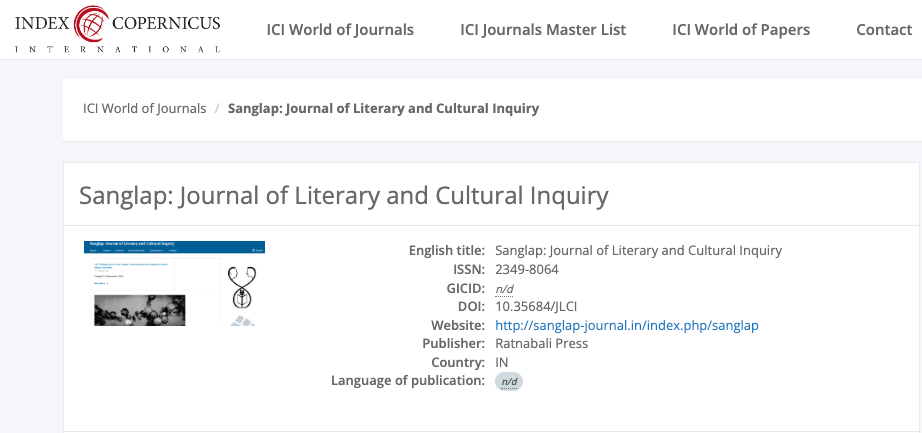Unreliable Physical Places and Memories as Posthuman Narration in Ishiguro’s Never Let Me Go
Keywords:
posthuman, panopticon, urbanization, unstable place, diasporic memoryAbstract
In this paper, I argue that Ishiguro’s Never Let Me Go is best understood through analysis of its unstable places and the narrator’s unstable memory. Through these devices, Ishiguro constructs a panoptic state of surveillance, transforming an otherwise non-urban space into a pseudo-cityscape. It is through the narrator’s interactions and memories of her interactions with these urbanized and controlled spaces that the reader can truly understand and engage with this posthuman narrative. Without fully understanding the ways in which rural places function as cityscapes for the clone characters of this novel, the reader is unable to meaningfully understand the experiences of the clones. This paper employs theories of Edward W. Soja in order to advance discussion of this novel beyond its application of the panoptic mechanism. It also looks closely at the ways the memories of the displaced are used to manipulate the concept of place and its function throughout the novel.











